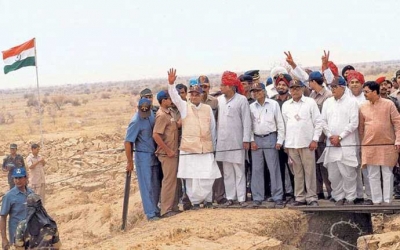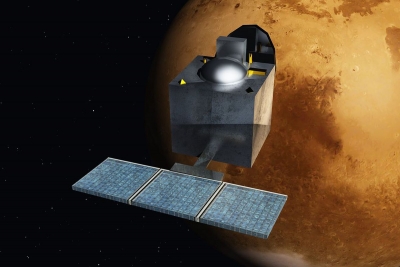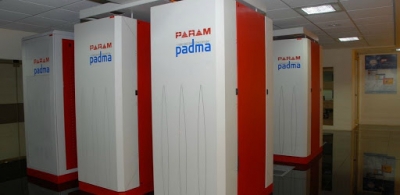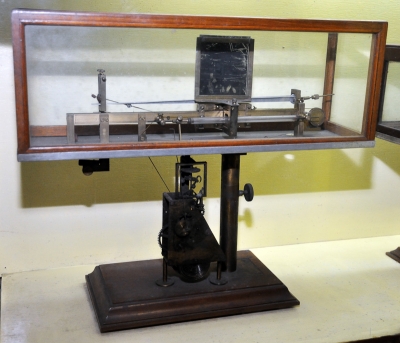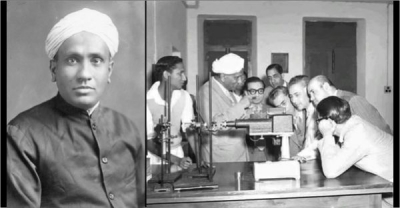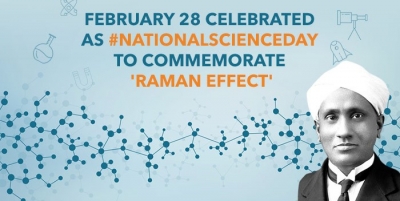Who made Rubik's cube?
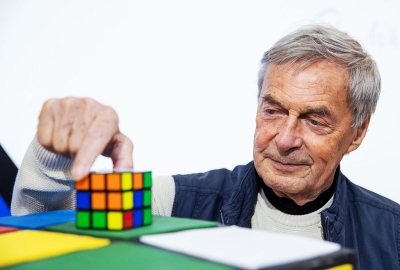
It took over a month for Erno Rubik, the inventor of the Rubik's Cube, to solve it. A Hungarian architect, Rubik created the cube in 1974 as a working model to help his students understand 3-D objects. As of November 2018, the world record for solving the puzzle stands at 3.47 seconds, and it was achieved by Yusheng Du of China. More than 350 million cubes have been sold across the world till January 2009.
Rubik’s Cube consists of 26 small cubes that rotate on a central axis; nine coloured cube faces, in three rows of three each, form each side of the cube. When the cube is twisted out of its original arrangement, the player must then return it to the original configuration, one among 43 quintillion possible ones.
The son of a poet mother and a glider-manufacturer father, Rubik studied sculpture at the Technical University in Budapest and architecture at the Academy of Applied Arts and Design, also in Budapest. While a professor of design at the academy, he pursued his hobby of building geometric models. One of these was a prototype of his cube, made of 27 wooden blocks; it took Rubik a month to solve the problem of the cube. It proved a useful tool for teaching algebraic group theory, and in late 1977 Konsumex, Hungary’s state trading company, began marketing it. By 1980 Rubik’s Cube was marketed throughout the world, and over 100 million authorized units, with an estimated 50 million unauthorized imitations, were sold, mostly during its subsequent three years of popularity. Approximately 50 books were published describing how to solve the puzzle of Rubik’s Cube. Following his cube’s popularity, Rubik opened a studio to develop designs in 1984; among its products was another popular puzzle toy, Rubik’s Magic.
Credit : Britannica
Picture Credit : Google
